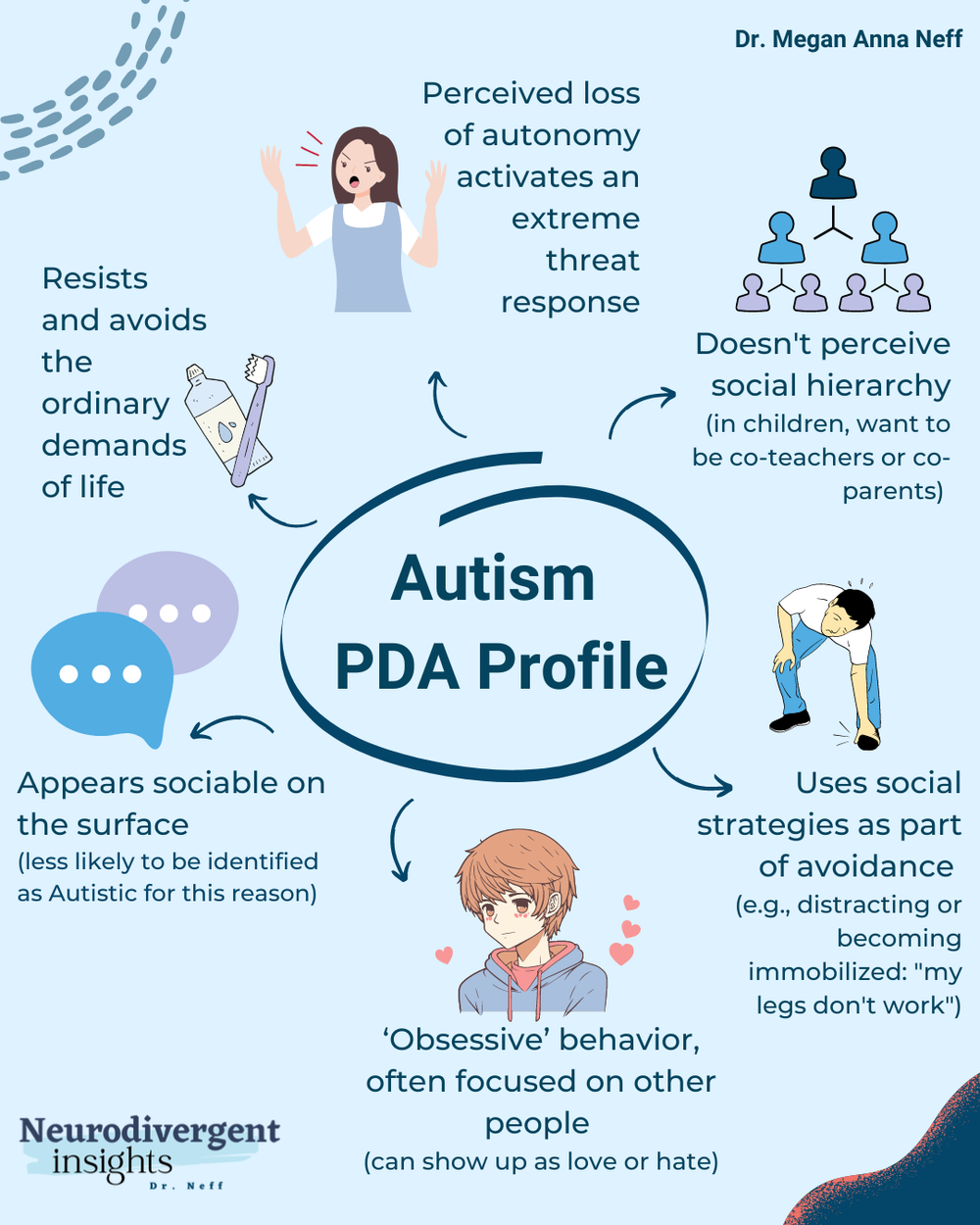National Autism Strategy Is Neuro-affirming, But Autism Supporters Say Autistic Kids Have Been Left In An Ndis Gap
The early medical diagnosis and therapy of autistic children is important-- ideally at the earliest age feasible-- as there is evidence that the earlier youngsters get suitable interventions, the far better the prognosis. While there's no remedy for autism, there are lots of techniques that can assist both youngsters and adults handle their symptoms and improve their lifestyle. Group treatment and peer interaction programs are like social abilities boot camps, supplying a risk-free space for kids to practice their newly found abilities.
- Alongside this, using favorable support for wanted actions encourages kids to develop skills considerably.For impatience, guanfacine IR tablet computers can be started at a day-to-day dosage of 1 mg, offered as 0.5 mg (half of a 1 mg tablet computer) twice daily, and enhanced approximately a maximum everyday dose of 4 mg throughout 2 or more managements.They'll likely focus on parts of a plaything (like wheels) as opposed to the entire plaything.Her proficiency focuses largely on mental health and women's health topics.Parents can locate peer-reviewed studies online via the National Institutes of Wellness.
.png?format=1500w)
Customizing Strategies To Specific Demands And Rate Of Interests
Possible negative effects consist of an experience of wooziness, sedation, behavior activation, and boosted cravings and weight gain. Additional versions of the pharmacological treatment paths were sketched based upon insights from these meetings and then compared to the preliminary drafts. Factors of difference were noted, motivating additional correspondence between writers, and in some cases, follow-up meetings to allow the writers to go over until agreement was gotten to. New variations of each pharmacological treatment path were prepared to integrate the cumulative input of numerous writers.
Prejudice Evaluation
Commonly reported negative effects consisted of nausea or vomiting, lowered cravings, tiredness, and morning awakenings [89] Atomoxetine likewise lugs the unusual dangers of liver injury and prolonged erection of the penis (priapism). While a current evaluation of non-ASD trials recommends that atomoxetine is efficacious for co-occurring anxiety and ADHD, these searchings for have actually not been reproduced in the ASD populace [90] As a result of the overlapping functions between ASD and ADHD (e.g., social disability, executive disorder), diagnosing ADHD in patients with ASD can be testing also for knowledgeable medical professionals [75] A 2020 BMC Medicine publication from Young et al. concentrated on co-occuring ASD and ADHD supplies complete advice on recognizing and dealing with ADHD in the ASD population [31]
A good way to do it is to have a huge schedule someplace in the house concerning all the tasks you will certainly do throughout the week so you can consult it whenever you want. Kids with autism are not versatile in their every day lives, so it must be controlled by activities that always fulfill the exact same timetable, otherwise we will awaken incomprehension and frustration.
Exactly How Aba Treatment Sustains Reliable Communication In Nonverbal Kids
Duloxetine can be started at 20 mg/day, and this can be enhanced by 10 mg every 1-- 2 weeks until a target dose in between 20-- 90 mg a day in 1-- 2 separated does is reached. Failure to deal with co-occurring clinical depression in ASD can be lethal, with a 2014 systematic review finding suicidality existing in 10.9-- 50% of samples with ASD [21] A recent meta-analysis of data from over 48,000 autistic and perhaps autistic people without co-occurring ID reported pooled prevalence prices of suicidal ideation to be 34% and suicidal attempts and habits to be 24% [112] Guanfacine, which was formerly reviewed in the rest disruptions and ADHD areas, is also advised for anxiousness with co-occurring rest disruption or ADHD or as a second-line option for anxiety alone.
While the DSM, 4th Edition (DSM-IV) [69] and DSM, 4th Edition, Text Alteration (DSM-IV-TR) [70] precluded the co-occurring diagnosis of ADHD in individuals with ASD, the DSM-5, launched in 2013, eliminated this restriction [71] ADHD is one of the most common co-occurring diagnoses in individuals with ASD, with occurrence price quotes varying from 40-- 70% [72, 73] In a 2021 meta-analysis, the pooled existing and lifetime frequency rates of ADHD amongst those with ASD were 38.5% (95% CI 34.0-- 43.2) and 40.2% (95% CI 34.9-- 45.7), specifically [74]